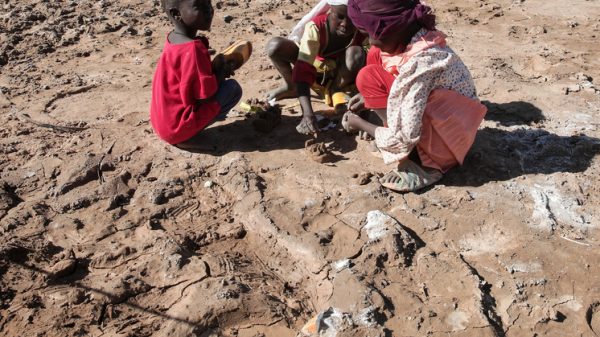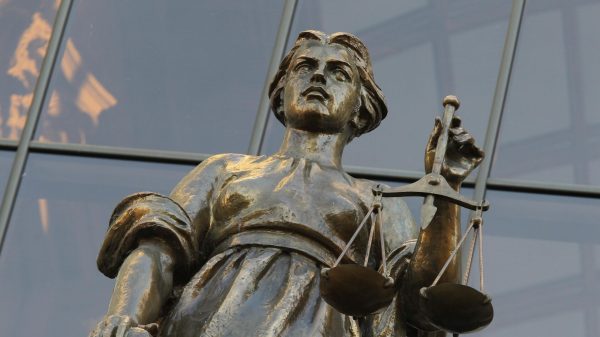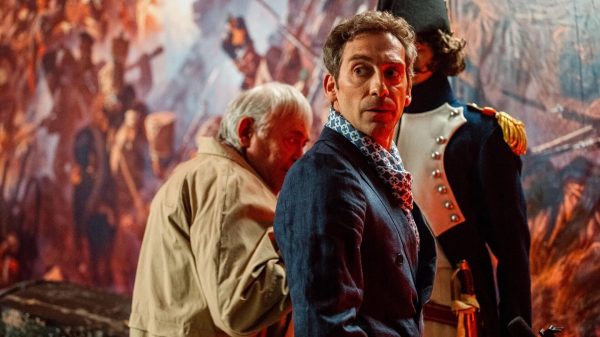
David Dinkins, who broke barriers as New York City’s first African-American mayor, has died at the age of 93.
Dinkins died on Monday, the New York City Police Department confirmed. The department said officers were called to the former mayor’s home in the evening. Initial indications were that he died of natural causes.
His death came only weeks after the death of his wife, Joyce, who died in October at the age of 89.
Dinkins was a calm and courtly figure with a penchant for playing tennis and formal wear, and his term in office represented a dramatic shift from both his predecessor, Ed Koch, and his successor, Rudolph Giuliani – two combative and often abrasive politicians.
However, he was doomed to a single term by a soaring murder rate, stubborn unemployment and his mishandling of a riot in Brooklyn.
Giuliani wrote on Twitter on Monday night that Dinks had given a “great deal of his life in service to our great city. That service is respected and honored by all.”
In his inaugural address, Dinkins spoke of New York as a “gorgeous mosaic of race and religious faith, of national origin and sexual orientation, of individuals whose families arrived yesterday and generations ago, coming through Ellis Island or Kennedy airport or on buses bound for the Port Authority”.
But the city he inherited had an ugly side, too. Aids, guns and crack cocaine killed thousands of people each year. Unemployment soared. Homelessness was rampant. The city faced a $1.5bn budget deficit.
Dinkins’ low-key, considered approach quickly came to be perceived as a flaw. Critics said he was too soft and too slow. “Dave, Do Something!” screamed one New York Post headline in 1990, his first year in office.
Dinkins achieved much at City Hall. He raised taxes to hire thousands of police officers. He spent billions of dollars revitalising neglected housing. His administration got the Walt Disney Corp to invest in the cleanup of then-seedy Times Square.
In recent years, he was given more credit for those accomplishments, credit that Mayor Bill de Blasio said should always have been his due. De Blasio, who worked in Dinkins’ administration, named Manhattan’s Municipal Building after the former mayor in October 2015.
“The example Mayor David Dinkins set for all of us shines brighter than the most powerful lighthouse imaginable,” said the New York attorney general, Letitia James, who herself shattered barriers as the state’s first Black woman elected to statewide office.
“I was honored to have him hold the bible at my inaugurations because I, and others, stand on his shoulders,” she said.
Results from his accomplishments, however, did not come fast enough to earn Dinkins a second term. After beating Giuliani by only 47,000 votes out of 1.75m cast in 1989, Dinkins lost a rematch by roughly the same margin in 1993.
Political historians often trace the defeat to Dinkins’ handling of the Crown Heights riot in Brooklyn in 1991. The violence began after a Black seven-year-old boy was accidentally killed by a car in the motorcade of an Orthodox Jewish religious leader. During three days of anti-Jewish rioting that followed, a rabbinical student was fatally stabbed. Nearly 190 people were hurt.
A state report issued in 1993, an election year, cleared Dinkins of the persistently repeated charge that he intentionally held back police in the first days of the violence, but criticised him for not stepping up as a leader.
In a 2013 memoir, Dinkins accused the police department of letting the disturbance get out of hand, and also took a share of the blame, on the grounds that “the buck stopped with me”. He blamed his election defeat on prejudice, saying: “I think it was just racism, pure and simple.”
























































Свежие комментарии